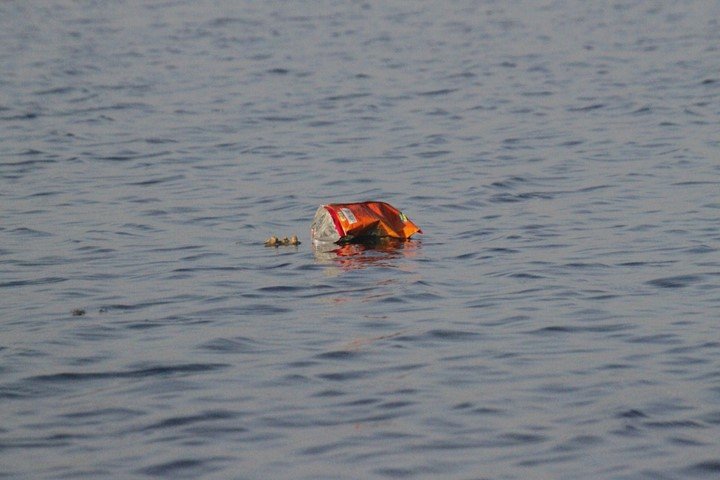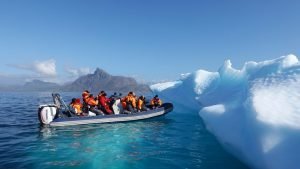Water pollution has become a threat to the environment. There are many ways to control and prevent water pollution. Did you know that remote sensing techniques are used to curb the issue of water pollution? This article will cover some of the applications of remote sensors in controlling water pollution.
1. Monitoring water conditions
Large water bodies are prone to water pollution. Airborne tools such as remote sensors are used to minimize water pollution issues. Remote sensors are space tools, and thus they’re not in contact with the water bodies. The sensor analyzes the radiation from water, and in case of any pollution or defect, it is noted. It eases the process of monitoring both lakes and oceans. It plays a vital role in minimizing water pollution.
2. Measuring water quality
Secondly, remote sensors are used in measuring the quality of the water. The remote sensor measures the water vapor during a hot day, and its quality can be derived. If there are pollutants in water, the quality of the vapor is likely to be lower compared to when there’s no pollutant. Therefore, the spatial data collected is then used to detect the cause of pollution.
3. Environmental study
The environmental study involves a component of the environment, and it is geared towards improving the condition of the environment. Water pollution is one of the study areas focused on during the environmental study. Various tools are employed to navigate into this field. Remote sensors have proved to be powerful tools in analyzing the condition of water bodies.
4. Tracking water pollutants

For water to be polluted, there’s a primary source of pollution. To minimize water pollution, we should cut the source of pollution. Remote sensors are space tools that can easily track the water from the source and check the source of pollution. Images from space are analyzed, and the external source of pollution is easily known.
5. Industrial use
In the fight against water pollution, researchers have developed many tools to measure and analyze water quality. It is led to the rise of water pollution-based remote sensors. In making these sensors, remote sensing technique is borrowed, and most of their tools are used. Therefore, this field is vital in water pollution management.
6. Development of strategies
Various strategies are laid down to fight water pollution defects. Numerous tools are used to research and analyze pollution to arrive at these strategies. The remote sensing technique is a mighty tool that allows for researching and analyzing the spatial data collected.
7. Securing water bodies
The security of water sources is directly proportional to water pollution. If there’s security around the water sources, water pollution cases are minimal. Remote sensors are space tools and thus are used to monitor the region around the water bodies. In case of any pollution, the spatial data can be sent to the relevant authority, thus curbing the pollution.



